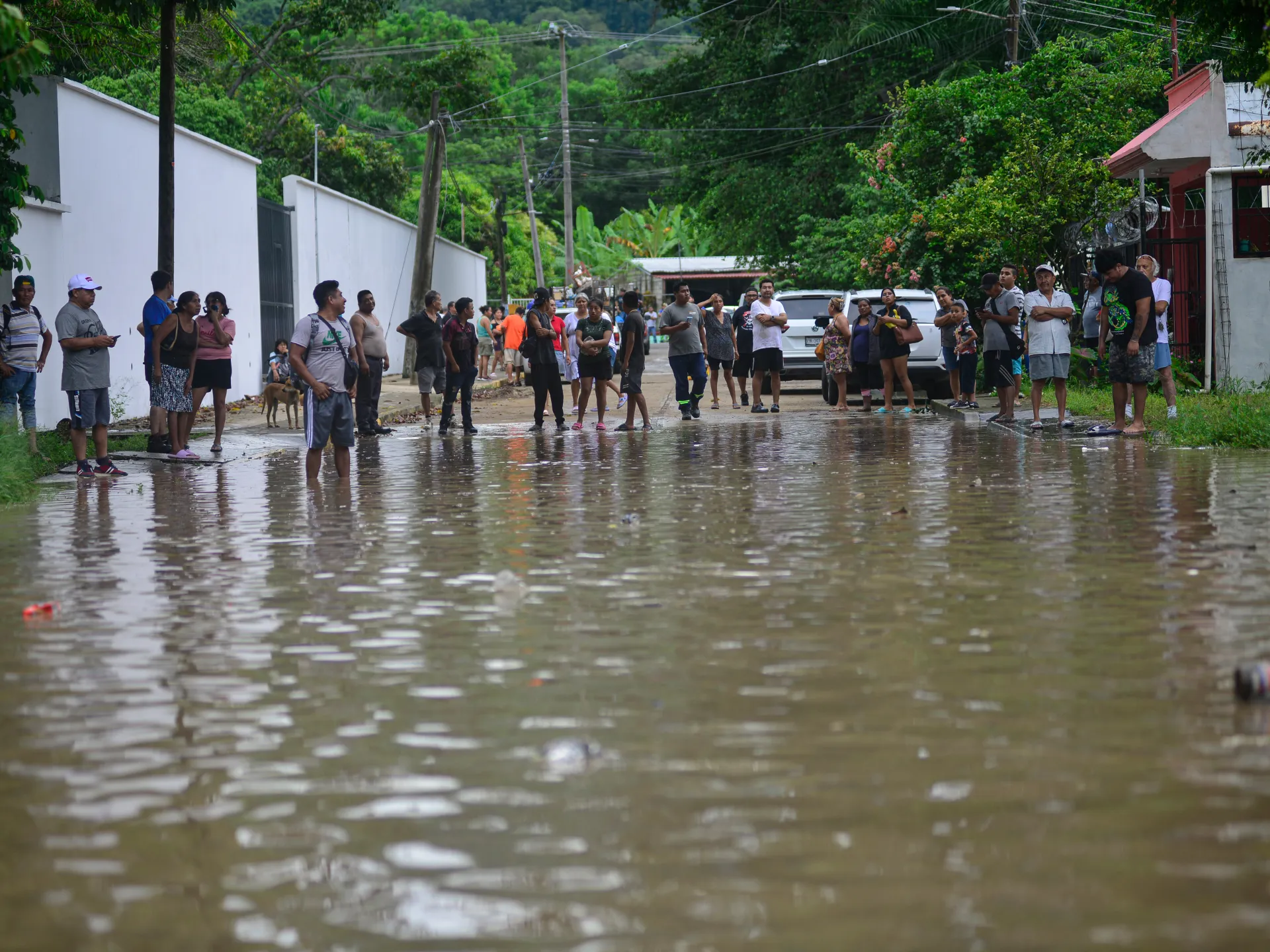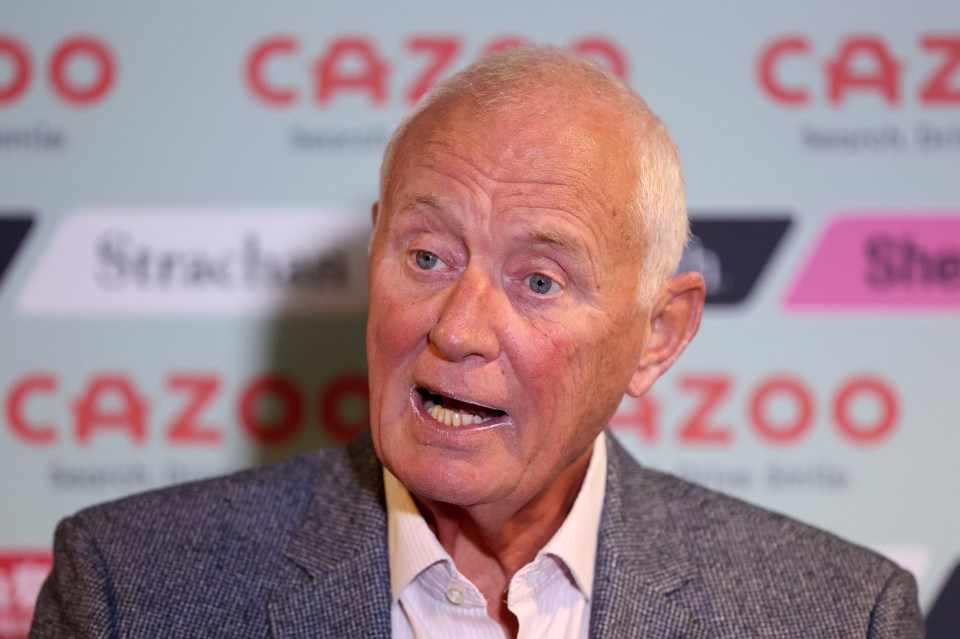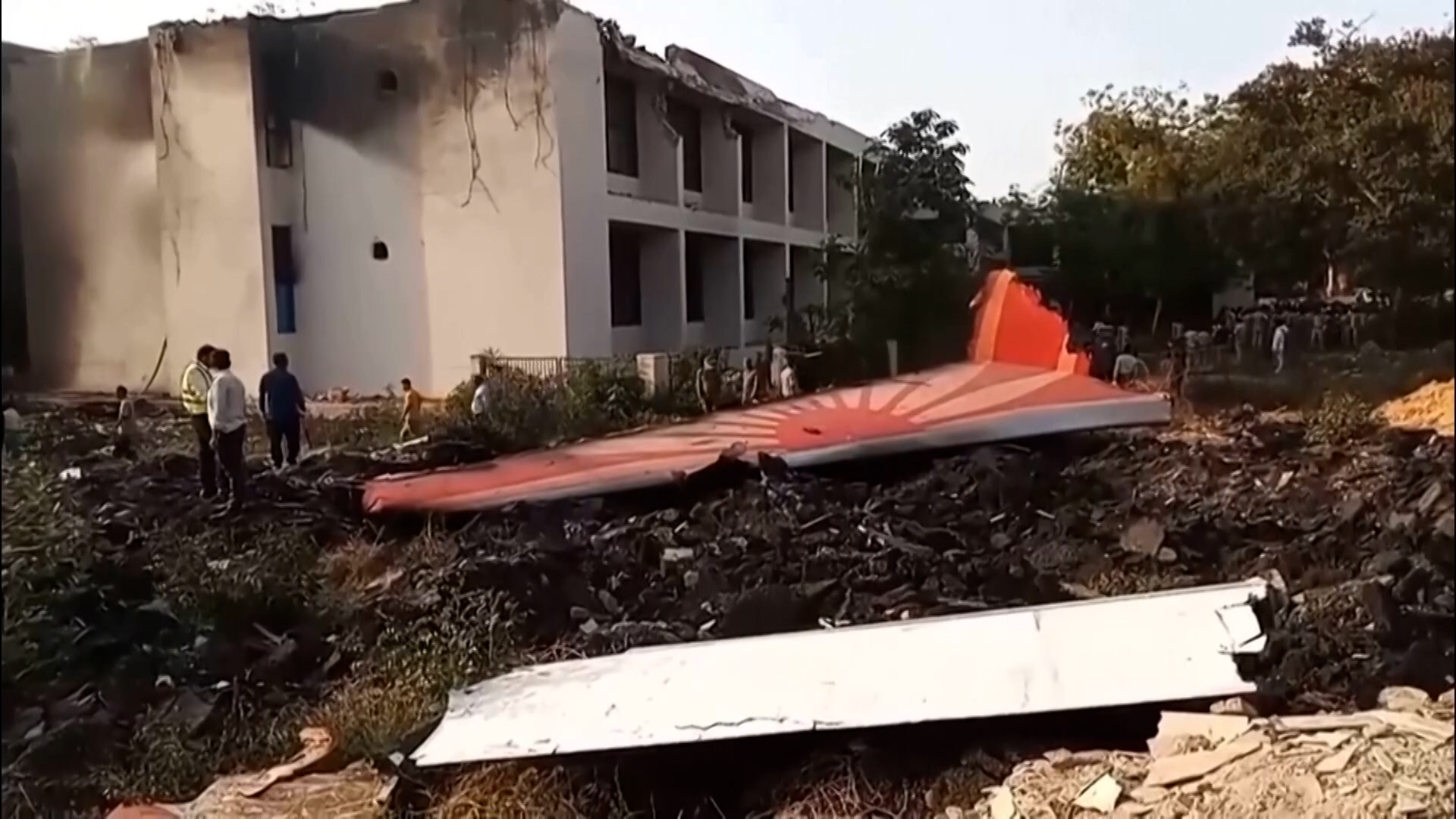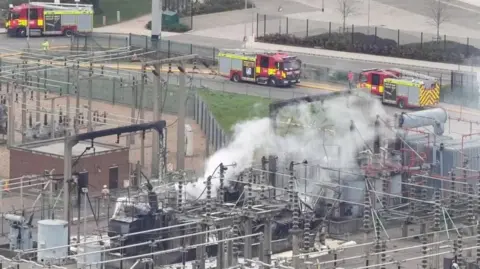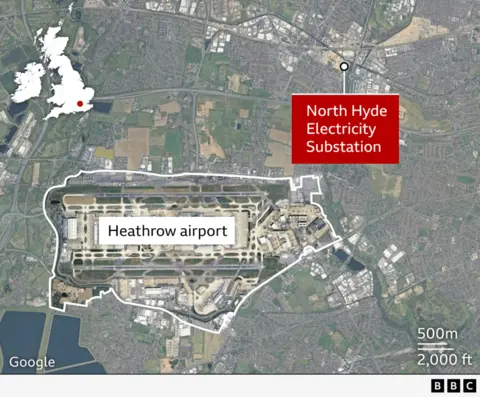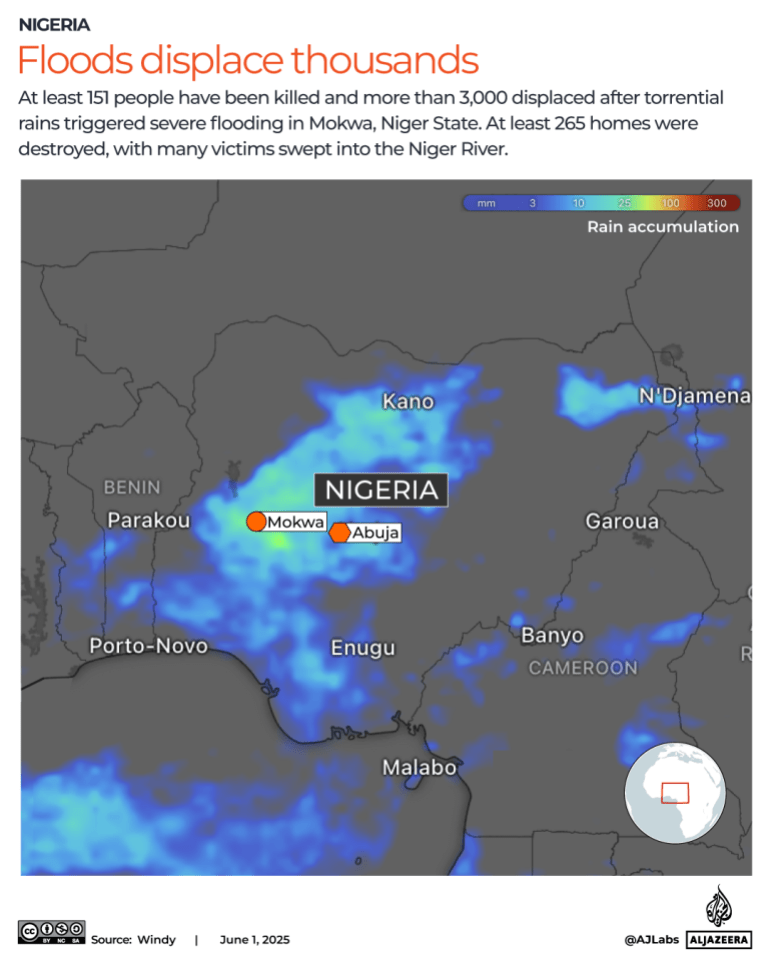Emma Hickey and her partner Stephen Brougham took their two kids to Costa Adeje, Tenerife, Spain when the 42-year-old mum fell badly ill, prompting a trip to hospital
A mum is fighting for her life after plummeting down hotel stairs and hitting her head.
Emma Hickey and her partner Stephen Brougham took their two kids to Costa Adeje, Tenerife, Spain, on June 13 for a sun-soaked 12-day getaway. Just 10 days into the trip, the mum-of-two woke up with a ‘really bad case’ of mosquito bites, so went to hospital and was prescribed injections
Despite feeling unwell for the next few days, the 42-year-old carer ‘soldiered through the holiday‘ for the sake of her kids. But as they walked down the hotel staircase on their way to a pharmacy on June 23, Emma complained of feeling dizzy before suddenly collapsing and falling head-first onto a concrete step.
Stephen, 44, says it was ‘horrific’ to watch his partner convulsing on the concrete steps after passing out. She was immediately rushed to hospital. A hospital CT scan revealed the mum-of-two had a brain bleed and neck fractures, so she was put in an induced coma.
Do you have a travel story to share? Email [email protected]
READ MORE: ‘Modern travel is changing our brains – but there is a solution’
A friend of the family has set up a GoFundMe page to support plasterer Stephen and his two kids, while they are stranded in Tenerife waiting for Emma to recover. The dad-of-two says it could be ‘a very long time’ until his partner is well enough to fly home and he is unsure if the travel insurance will cover the soaring medical costs.
Stephen, from Dublin, Ireland, said: “We came away for a lovely family holiday and it’s been a living nightmare. She woke up with a really bad case of mosquito bites so we went to the local doctor and the doctors didn’t know what it was so they sent her to hospital
“The doctor there said they’d never seen a case of this mosquito bite in Spain before. She got a prescription and sent her away. For the next few days she wasn’t feeling well but was soldiering through the holiday for the sake of the kids trying to do what she could but she wasn’t herself.
Stephen said that his wife went for a nap on the 23rd, leaving him to take the kids out to lunch.
“She was up having a good sleep and she looked and seemed a lot better. She said she wouldn’t go to the hospital but would walk out to a pharmacy and see what they thought,” he continued.
“We walked out the back entrance of the hotel as there’s a shop and a pharmacy there. Street level is probably about four or five storeys up. She was feeling a bit dizzy and she collapsed and fell from the second last step of the upper staircase down below onto the other set of stairs head-first without raising her arm to protect herself.
“She passed out on the steps and started convulsing, she was in a terrible state. It’s been horrific because I actually witnessed the fall and how bad the fall was. That’s a mental scar that I’ll never forget. Words can’t describe how bad it is.”
Stephen called an ambulance, which rushed his partner to hospital. A CT scan showed she had suffered a brain bleed and needed an operation. Doctors discovered some fractures in her neck. She was then put in an induced coma and will remain in intensive care until she wakes up.
Stephen said: “They did an operation and there were blood clots on the brain that had been putting some pressure on the brain. They’re not saying what impact the pressure on the brain of the blood clot will have after she comes round. “There could be secondary issues there so in the meantime she’s just been on the machine. She hasn’t felt well all week so we can only presume that the mosquito bites, the medication, the heat and the fact she tried to soldier through the holiday just for the sake of the kids [caused it].
“They were draining the life out of her and they’re all over her body, dozens and dozens. They looked uncomfortable and you could see that they were sore. They turned into bruises. I can only connect the two.”
Stephen, who is self-employed, and is searching for alternative accommodation for him and children Sophie Hickey, 13, and Bobby Hickey, 7, while they wait for Emma to recover. He is hoping the travel insurance will help the rising medical costs after reviewing her medical records.
READ MORE: Mega-cheap bus route connecting London with UK’s best seaside cities for under £5READ MORE: ‘I visited the UK’s undisputed best seaside town – it’s massively overrated’
“We know that hospital is $1,400 (£1,022) a day so we’re going to have a significant medical bill. The hotel we’re staying in at the moment is an expensive hotel. Then just feeding the kids and keeping them occupied. I’m not working now because I’m over here,” he said.
He’s now encouraging others to ensure they get travel insurance and to be aware of the dangers of insects abroad.










